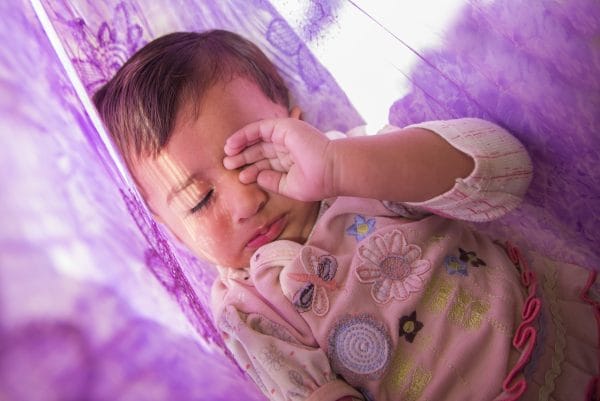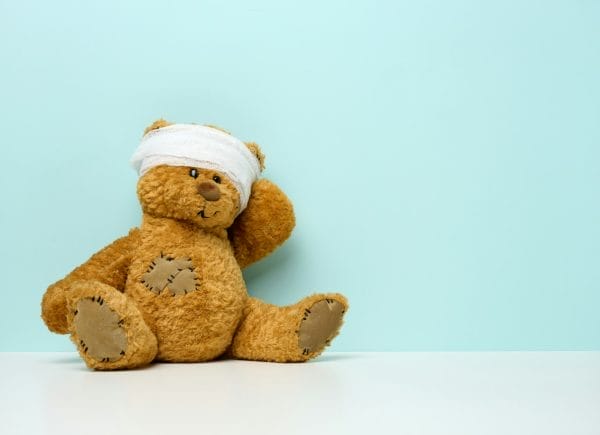Understanding Separation Anxiety in Adults: Causes, Symptoms, and Coping Strategies
When we think of separation anxiety, we often picture a young child crying as a parent leaves for work. However, what many don’t realize is that separation anxiety can persist into adulthood, affecting the lives of many adults around the world. Separation anxiety in adults is a real and challenging condition that can significantly impact a person’s daily life and relationships.

What is Separation Anxiety in Adults?
![]()
Separation anxiety in adults is a psychological condition characterized by excessive anxiety regarding separation from home or from those to whom the individual has a strong emotional attachment. It’s more than the usual fretting one might feel; it’s an intense, persistent fear that can disrupt day-to-day activities and strain relationships.
Causes of Separation Anxiety in Adults
![]()
The causes of separation anxiety in adults can be varied and complex. Here are some potential factors:
- History of childhood anxiety: Adults who experienced separation anxiety as children may be more likely to suffer from it in adulthood.
- Life transitions: Significant changes such as divorce, loss of a loved one, or moving away from family can trigger anxiety.
- Stressful events: Traumatic events or high levels of stress can lead to the development of anxiety disorders.
- Attachment style: Adults with insecure attachment styles may be more prone to separation anxiety.
Understanding the underlying causes is crucial for effective treatment and management of the condition.
Symptoms of Separation Anxiety in Adults
![]()
Recognizing the symptoms of separation anxiety in adults is the first step to getting help. Common symptoms include:
- Excessive worry about being apart from loved ones or home
- Fear of being alone or without significant others
- Persistent and excessive distress when separation is anticipated or occurs
- Difficulty sleeping or concentrating when away from a loved one or home
- Physical symptoms such as headaches, nausea, or palpitations when separation is imminent
These symptoms can manifest in various ways and degrees of severity, but they are all signs that professional help may be needed.
Separation Anxiety in Adults’ Relationships
![]()
Suffering from separation anxiety can put a significant strain on adult relationships. The fear of being apart can lead to behaviors such as:
- Excessive texting or calling when separated from a partner
- Reluctance to spend time apart or engage in individual activities
- Needing constant reassurance of the relationship’s stability
- Jealousy or suspicion when a partner interacts with others
These behaviors, while stemming from a place of fear and anxiety, can create tension and conflict within relationships, often leading to a vicious cycle of anxiety and relationship problems.
Treatment of Separation Anxiety in Adults
![]()
Thankfully, separation anxiety in adults can be treated. A combination of therapy, lifestyle changes, and sometimes medication can help manage symptoms:
- Psychotherapy: Counseling, particularly cognitive-behavioral therapy (CBT), can help individuals understand and change the thought patterns that contribute to their anxiety.
- Medication: Anti-anxiety or antidepressant medications can be prescribed to help manage symptoms, though they are not a cure.
- Support Groups: Joining support groups where others share similar experiences can provide comfort and coping strategies.
- Self-Care: Regular exercise, a healthy diet, and adequate sleep can significantly impact mental health and help manage anxiety.
It’s important to work with a healthcare provider to determine the best course of action for treating separation anxiety.
Frequently Asked Questions
![]()
Can adults really suffer from separation anxiety?
Yes, adults can suffer from separation anxiety, even though it is more commonly recognized in children. Adult separation anxiety is a recognized mental health condition that can be just as debilitating as it is for children.
What causes separation anxiety in adults?
Separation anxiety in adults can be caused by various factors including a history of childhood separation anxiety, significant life stressors like the loss of a loved one, changes in life circumstances, or an overprotective upbringing. Sometimes, it may not have a clear cause.
What are the symptoms of separation anxiety in adults?
Symptoms of separation anxiety in adults can include extreme worry about being apart from loved ones or home, reluctance or refusal to go out, physical symptoms when separation occurs (like nausea, headaches, or palpitations), and difficulty concentrating when away from loved ones.
How do I know if I have separation anxiety or just normal worry?
Normal worry tends to be temporary and related to specific stressful events. If your worry is persistent, excessive, and impacts your ability to function normally in social, work, or other important areas of life, it may be separation anxiety.
Can separation anxiety in adults be treated?
Yes, separation anxiety in adults can be treated with a combination of therapy, such as cognitive-behavioral therapy (CBT), and sometimes medication. A mental health professional can tailor a treatment plan to your specific needs.
What can I do to cope with separation anxiety on my own?
You can try coping strategies such as practicing relaxation techniques, maintaining a regular routine, gradually increasing the time spent away from loved ones, and engaging in activities that you enjoy and that make you feel confident.
Will medication be necessary to treat my separation anxiety?
Not always. Medication is used depending on the severity of the anxiety and if it’s not manageable through therapy alone. It’s best to consult with a healthcare professional to determine whether medication is appropriate for you.
Can separation anxiety in adults lead to other issues?
Yes, if left untreated, separation anxiety in adults can lead to other issues like depression, social isolation, or relationship problems. It can also interfere with job responsibilities and personal growth.
How long does it take to treat separation anxiety in adults?
The time it takes to treat separation anxiety varies from person to person. It depends on the severity of the condition, the individual’s willingness to participate in therapy, and whether there are any co-occurring mental health issues. Some people may see improvements in a few months, while others may need longer-term treatment.
Where can I seek help for adult separation anxiety?
You can seek help from a mental health professional such as a psychologist, psychiatrist, or licensed counselor. It’s important to find a therapist who has experience treating anxiety disorders. Your primary care doctor can also be a starting point for referrals and advice.
Conclusion: Finding Balance and Support
![]()
Separation anxiety in adults is a complex condition that affects not only individuals but also their relationships with others. Recognizing the symptoms is a crucial first step, followed by understanding the potential causes. With proper treatment, which may include therapy, medication, and lifestyle adjustments, individuals can learn to manage their anxiety and lead fulfilling lives. Remember, seeking help is a sign of strength, and with the right support, overcoming separation anxiety is within reach.





